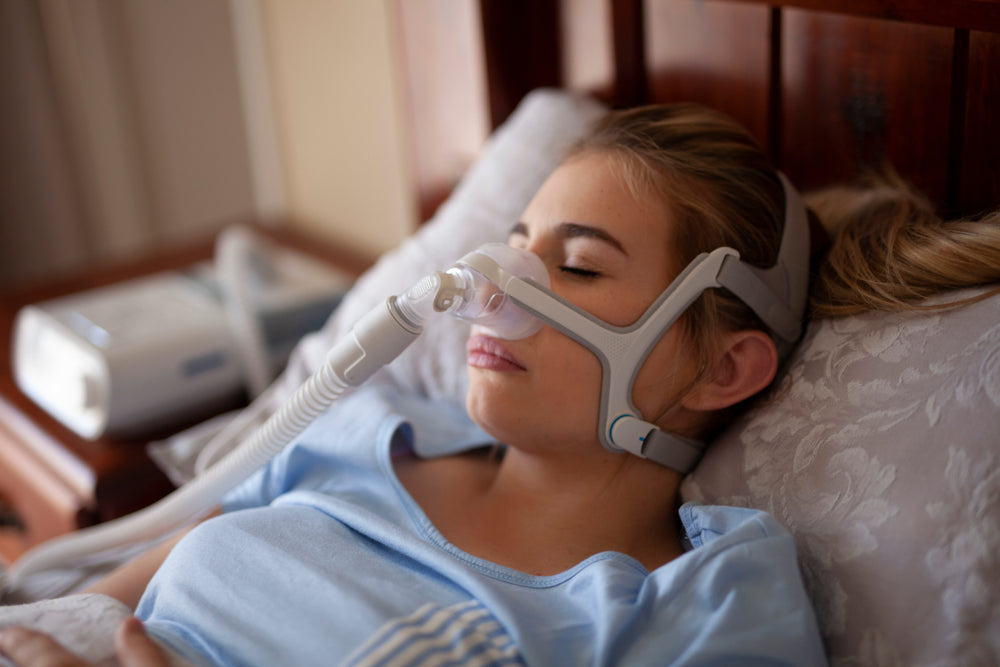Introduction
Sleep has long captivated scientific and consumer interest alike, evolving from rudimentary observations to sophisticated digital monitoring systems. Early investigations into sleep began centuries ago, yet modern sleep technology truly took shape with the advent of electrophysiological methods. The development of electroencephalography (EEG) in the 1920s is recognized as a pivotal moment that transformed sleep research by allowing scientists to record brain activity during sleep[2]. This breakthrough laid the groundwork for the later establishment of polysomnography, a comprehensive method that revolutionized sleep diagnostics.
Historical Milestones and the Rise of Polysomnography
The 1960s marked a turning point with the evolution of polysomnography (PSG), now considered the gold standard in sleep measurement. PSG systems simultaneously record brain waves, eye movements, muscle activity, and cardiovascular parameters, enabling a detailed analysis of sleep stages and pathologies. Early work in standardizing sleep stage scoring, including the establishment of criteria for light, deep, and REM sleep, set the basis for both clinical diagnosis and sleep research[9]. Clinicians relied on these detailed recordings to diagnose conditions such as obstructive sleep apnea (OSA) and REM sleep behavior disorder, employing PSG as an essential tool in their diagnostic arsenal[3].
Emergence of Wearable Technologies
Over the past few decades, the limitations of PSG—its complexity, intrusiveness, and dependence on clinical settings—have spurred a search for more convenient alternatives. Technological breakthroughs in miniaturization and sensor engineering have given rise to wearable devices that capture key sleep-related physiological signals. Novel wearable sensors now measure parameters such as heart rate, movement, and even EEG from nontraditional locations, including the wrist, ear, and finger. For instance, smart rings have emerged as a promising form factor, offering the ability to continuously track pulse wave data and heart rate variability (HRV) with high accuracy while remaining comfortable and unobtrusive[11]. This transition from bulky hospital equipment to portable sensors has contributed to a broader adoption of sleep monitoring outside the clinical environment.
Shifting Consumer Attitudes and Smart Devices

As consumers have become increasingly health-conscious, their attitudes have shifted in favor of devices that offer accurate sleep insights with minimal disruption to daily life. Early consumer wearables, such as wrist-worn accelerometers and basic actigraphy devices, paved the way for more sophisticated technologies by providing accessible metrics on sleep duration and quality. Over time, the market has expanded to include smartwatches, ring-based monitors, and even devices that integrate sleep tracking with other health metrics like blood oxygen levels and heart rate. Consumer reviews and surveys indicate that many users appreciate the noninvasive nature of these devices and their ability to provide actionable feedback on sleep hygiene[4]. The integration of additional sensors—tracking environmental factors such as temperature and noise—has further improved the personalization and utility of these smart sleep monitors.
Future Projections: Contactless Radar Sensors and AI Integration
Looking to the future, the next wave of sleep technology is expected to further enhance user convenience and data accuracy by eliminating the need for body-worn sensors altogether. Advances in radar technology, which originally found applications in industrial settings, are now being adapted for sleep monitoring. Contactless radar sensors use electromagnetic waves to capture physiological signals such as breathing patterns, heart rate, and even subtle body movements, all without direct contact with the user[1]. These systems promise truly ambient monitoring that can be seamlessly integrated into household electronics like TVs, smart beds, or air conditioners. Coupled with artificial intelligence algorithms, future systems are anticipated to analyze large datasets in real time, learn user-specific sleep habits, and provide hyper-personalized recommendations for improved sleep quality[4].
Conclusion

The evolution of sleep monitoring technology reflects a broader trend in healthcare toward personalized, accessible, and user-friendly diagnostics. Beginning with the groundbreaking introduction of EEG and the subsequent development of polysomnography in the mid-20th century, sleep assessment advanced significantly in clinical settings. The later emergence of wearable and smart ring technologies has shifted sleep monitoring into the consumer space, making it possible for individuals to track their sleep health continuously and in the comfort of their own homes. With current research focused on enhancing sensor accuracy, algorithm performance, and device integration, the future of sleep technology appears poised to incorporate contactless radar sensors and robust AI-driven analytics. These advancements are expected to democratize sleep health further, offering unprecedented insights and paving the way for more proactive management of sleep disorders.
Get more accurate answers with Super Pandi, upload files, personalized discovery feed, save searches and contribute to the PandiPedia.
Let's look at alternatives:
- Modify the query.
- Start a new thread.
- Remove sources (if manually added).





